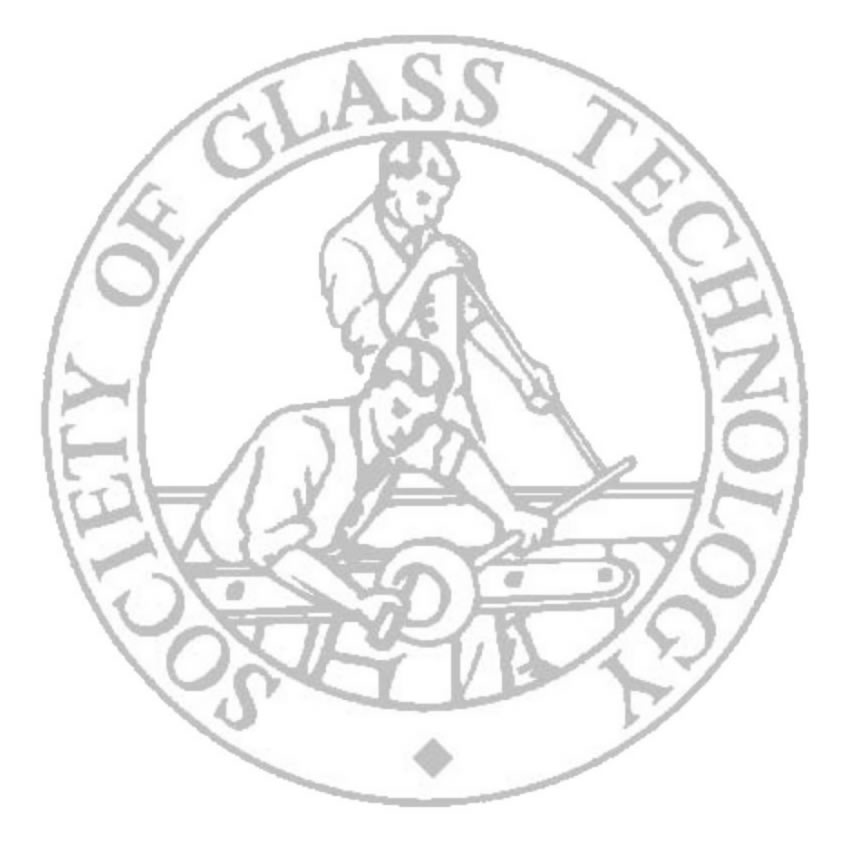
Cambridge 2008
|
Rudolf Winter, Materials Physics, Aberystwyth University
By addition of a few percent of yttria, a cubic form of zirconia can be stabilised. This material has superior structural and functional properties compared to undoped zirconia polymorphs: it is harder, chemically more resilient and can conduct oxygen vacancies. It is therefore used as a refractory and in oxygen sensors, particularly for high-temperature applications. Films of YSZ on various substrates are needed where the properties of the substrate must not be compromised. This applies e.g. in thermal barrier coatings on high-strength alloys.
We have monitored the evolution of the nano-scale structure of pure and yttria-stabilised zirconia both as bulk materials and as films on a variety of substrates during the gelation and calcination processes leading to a stable ceramic. In all cases, the ceramic was grown from a mixture of organo-metallic precursors, i.e. by sol-gel techniques. A combination of x-ray techniques (in-situ small-angle scattering and diffraction) allows us to determine the formation of a gel polymer (indicated by the evolution of a SAXS structure factor), the formation of particle nuclei (evidenced by a SAXS particle form factor) and crystallisation and phase transition between the various polymorphs (obtained from XRD patterns).
Advanced small-angle scattering techniques are required to analyse the structure of a dense and complex system such as YSZ films. In-situ anomalous scattering provides chemical contrast and helps distinguish phases with varying yttrium concentration and porosity, while grazing incidence SAXS allows us to investigate film structures with little disturbance from the substrate.
Back to Glass Science Programme
| SGT Home page |